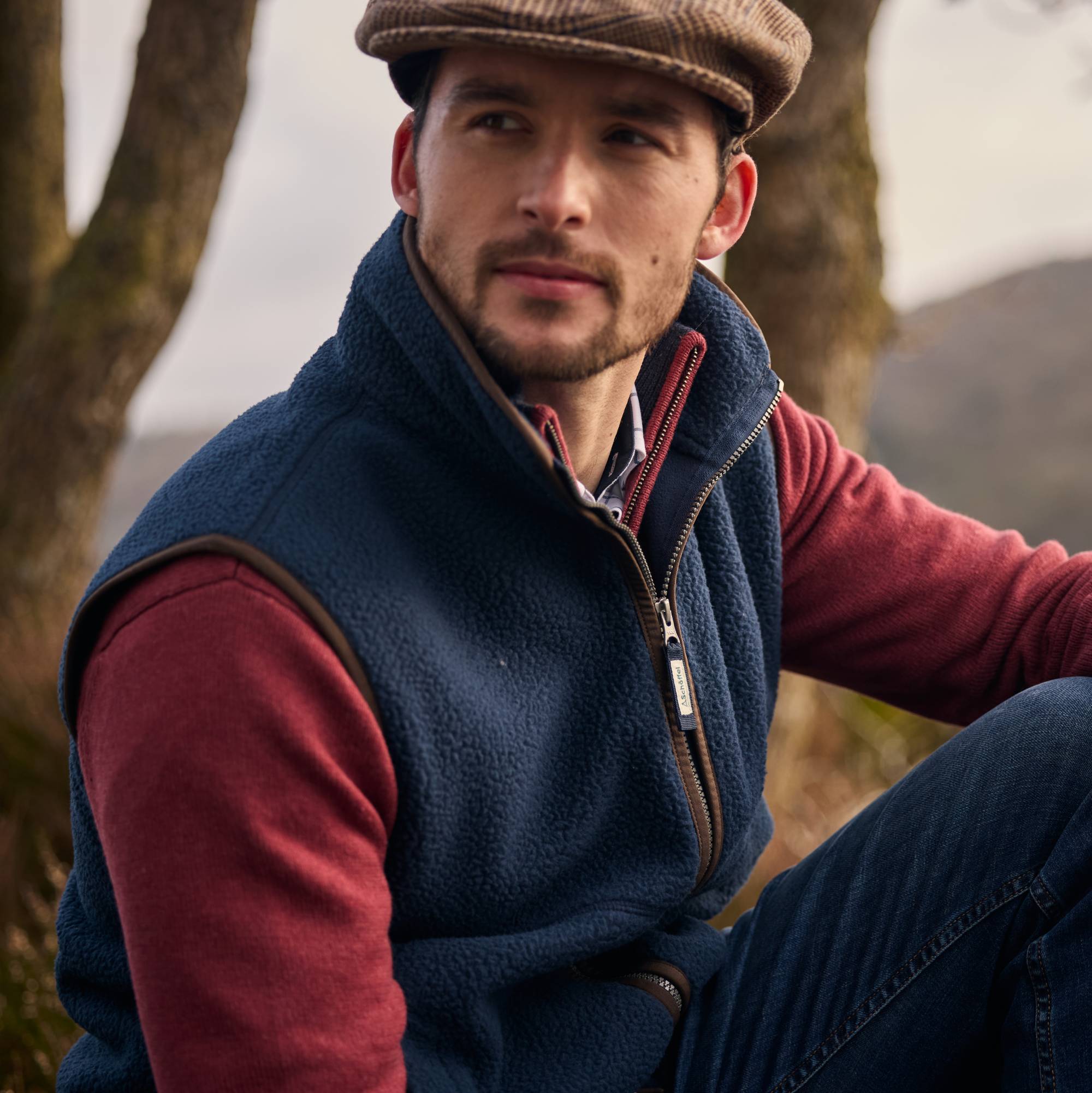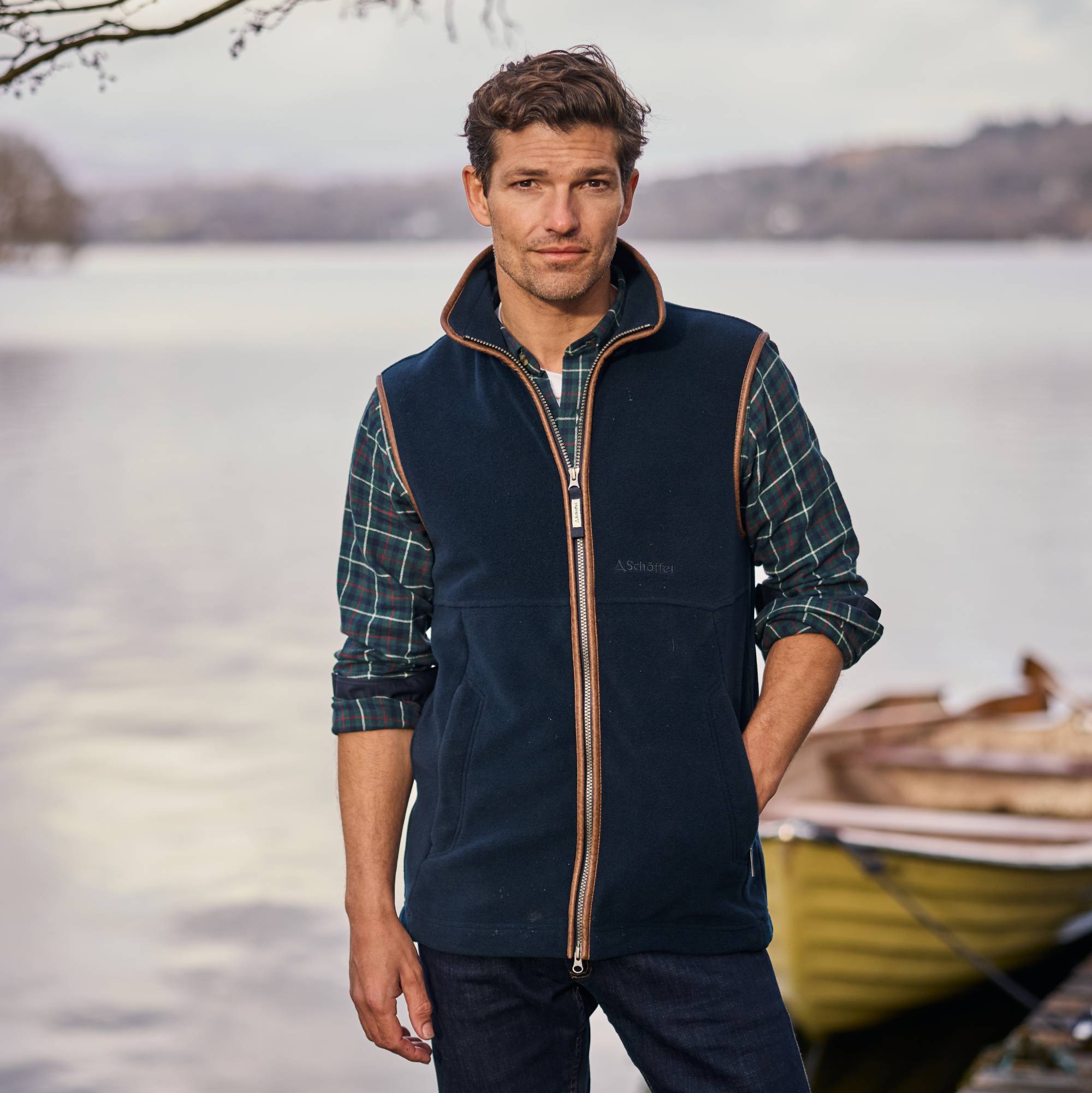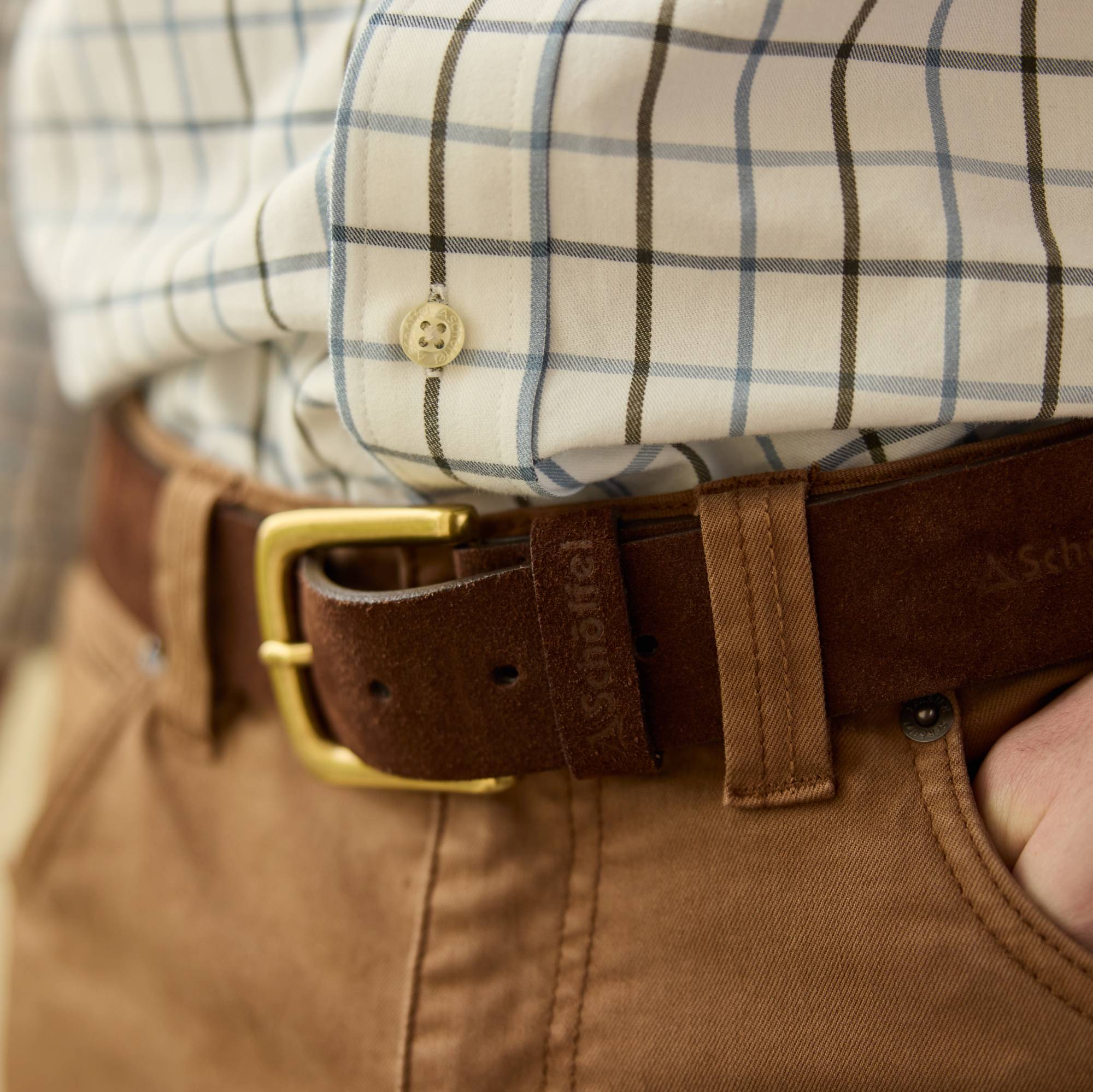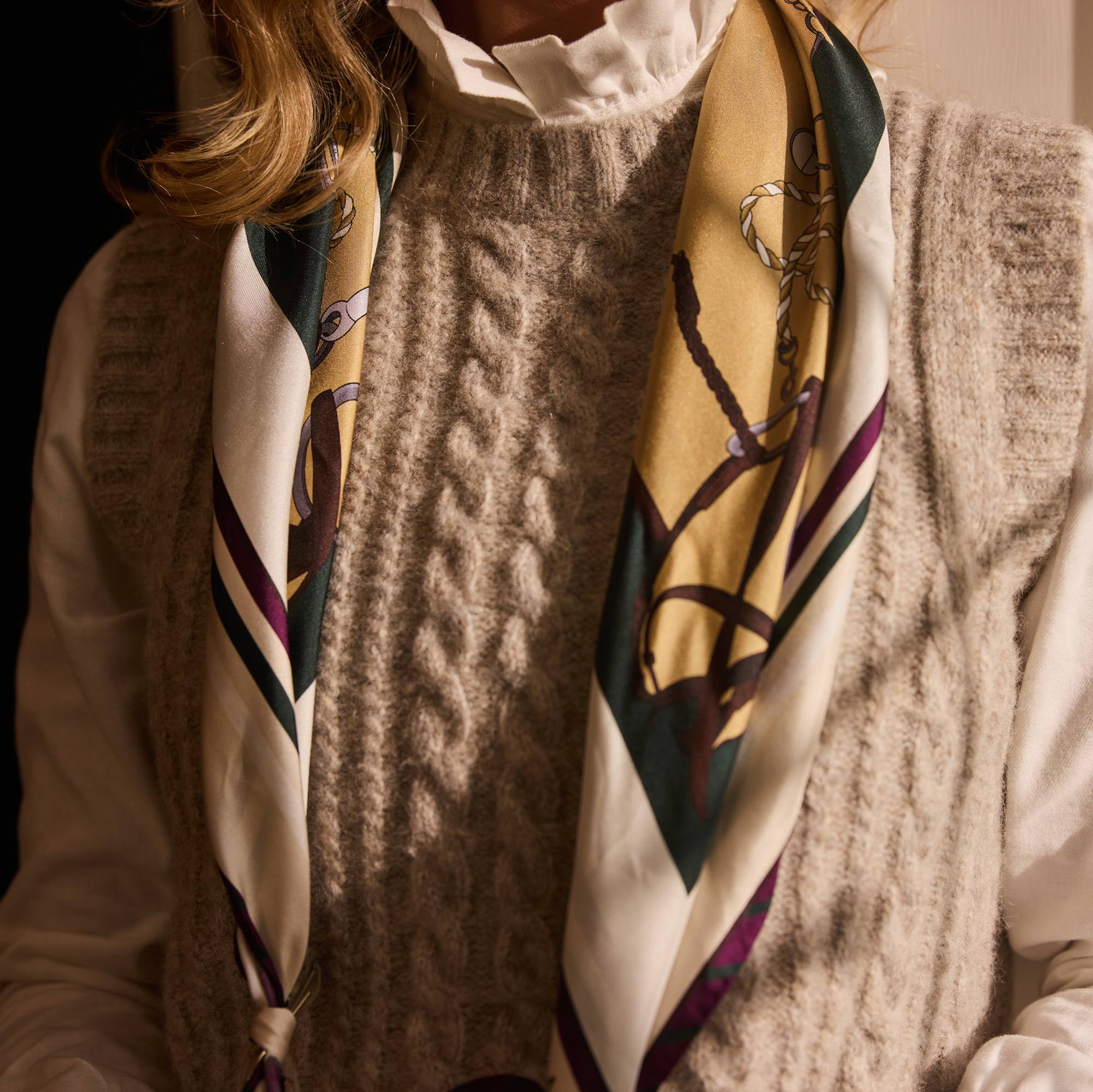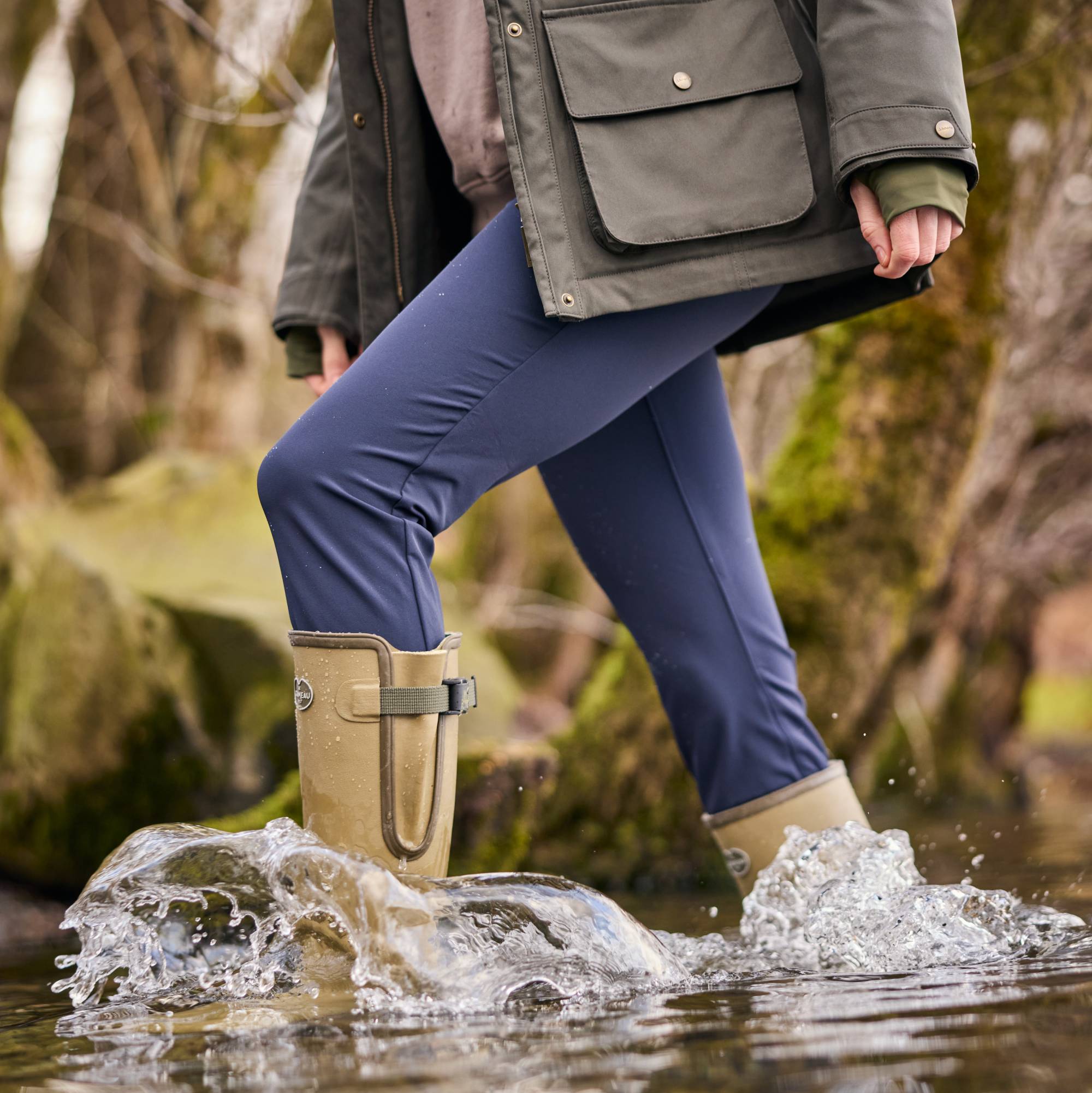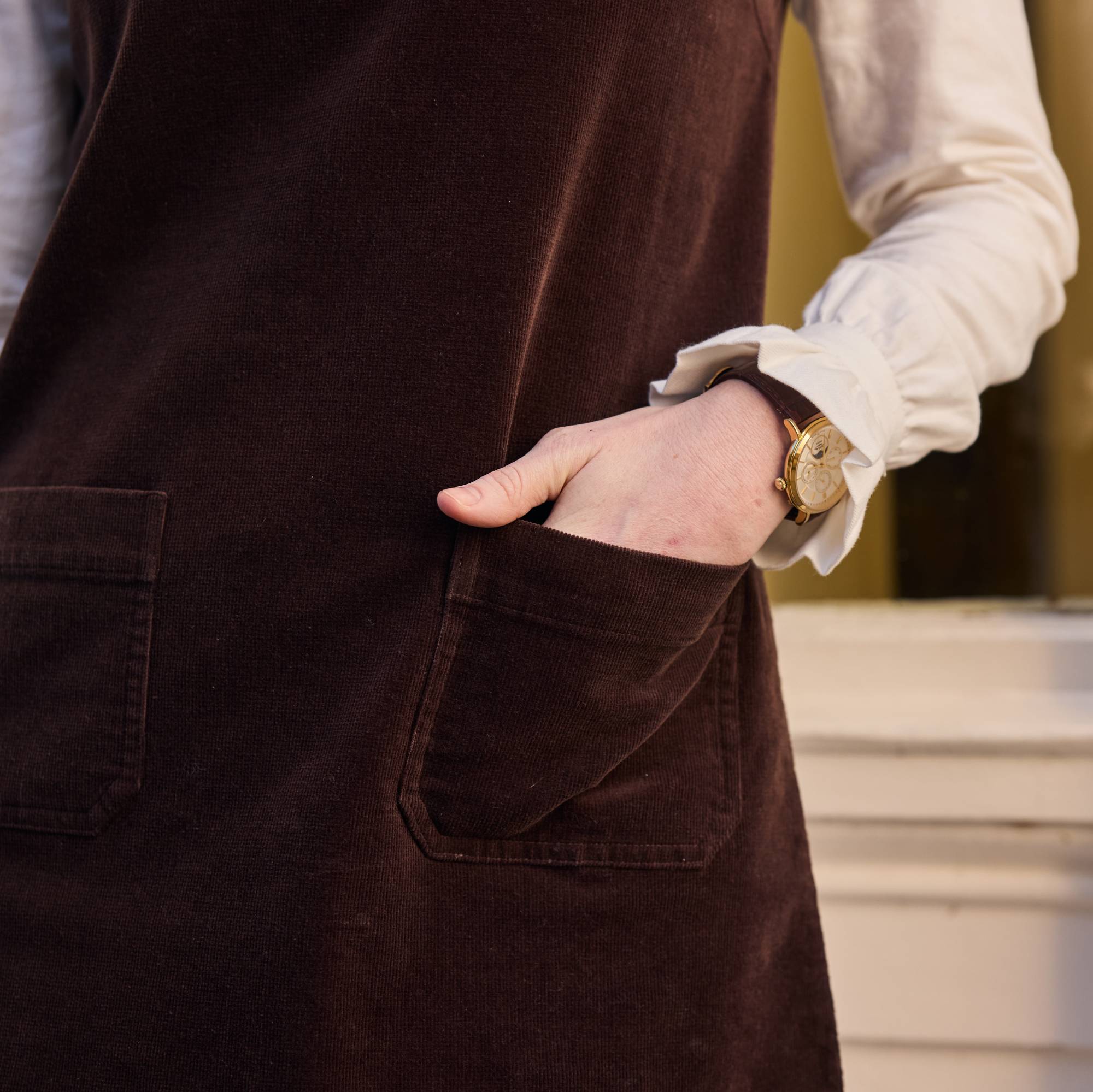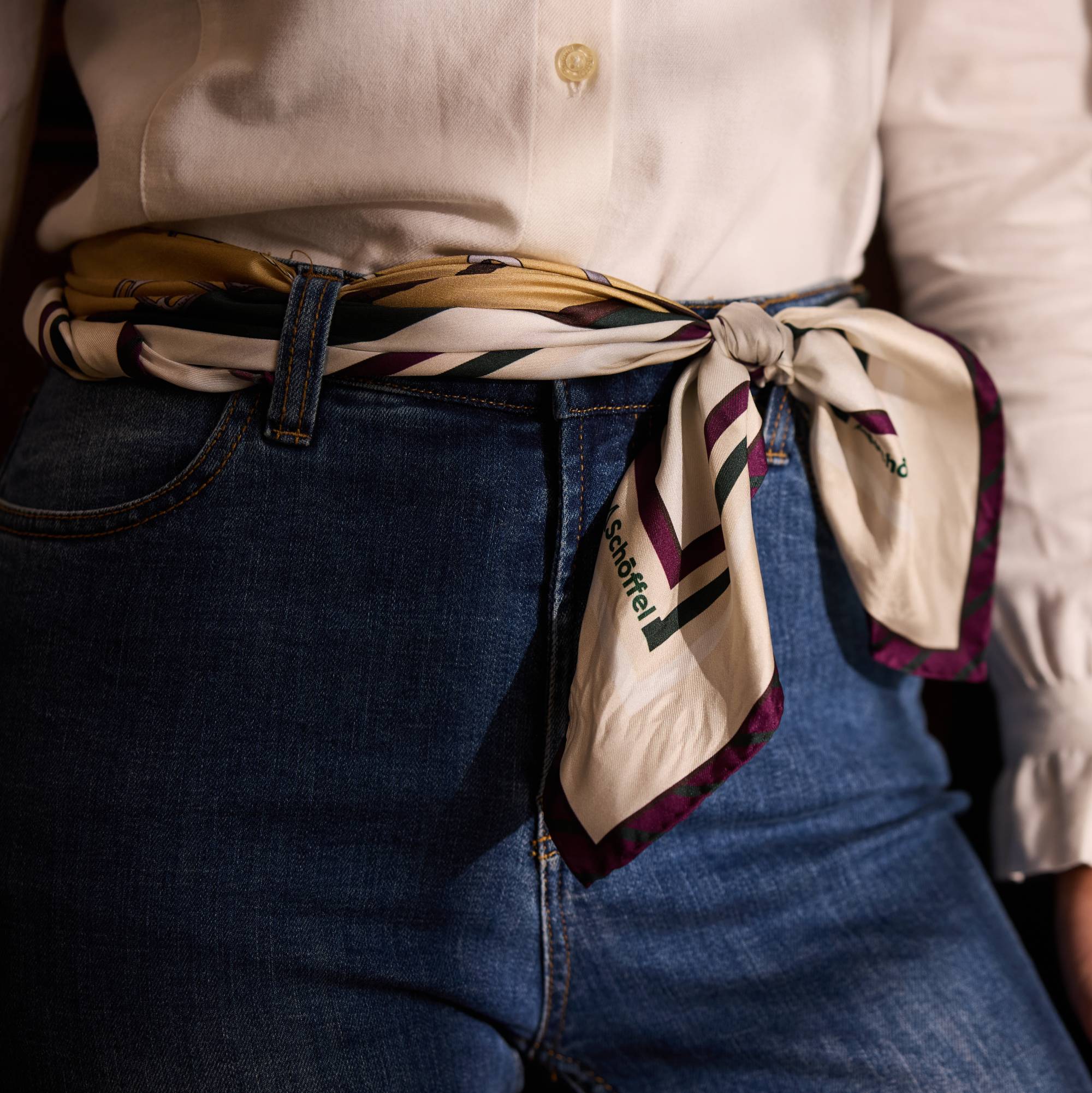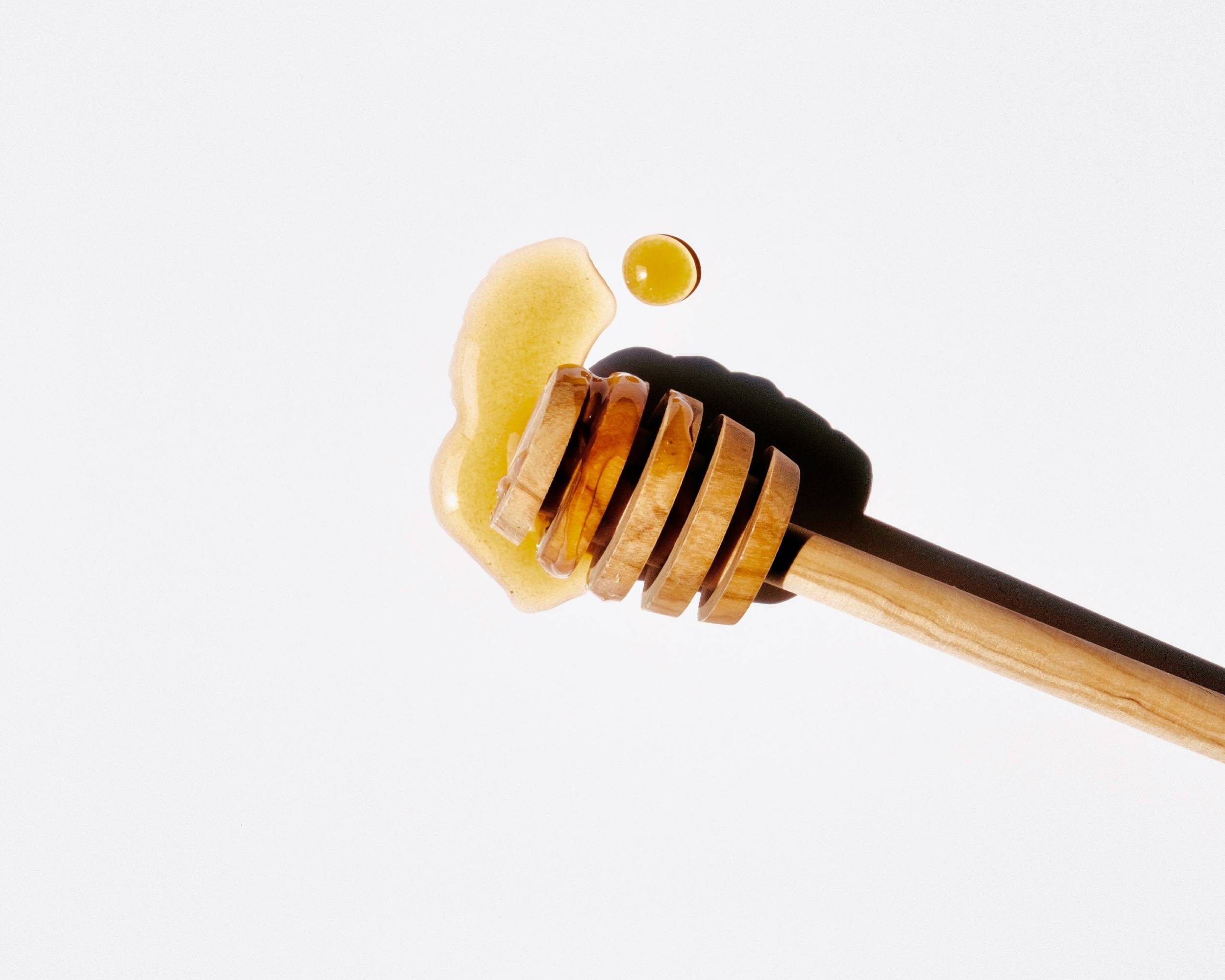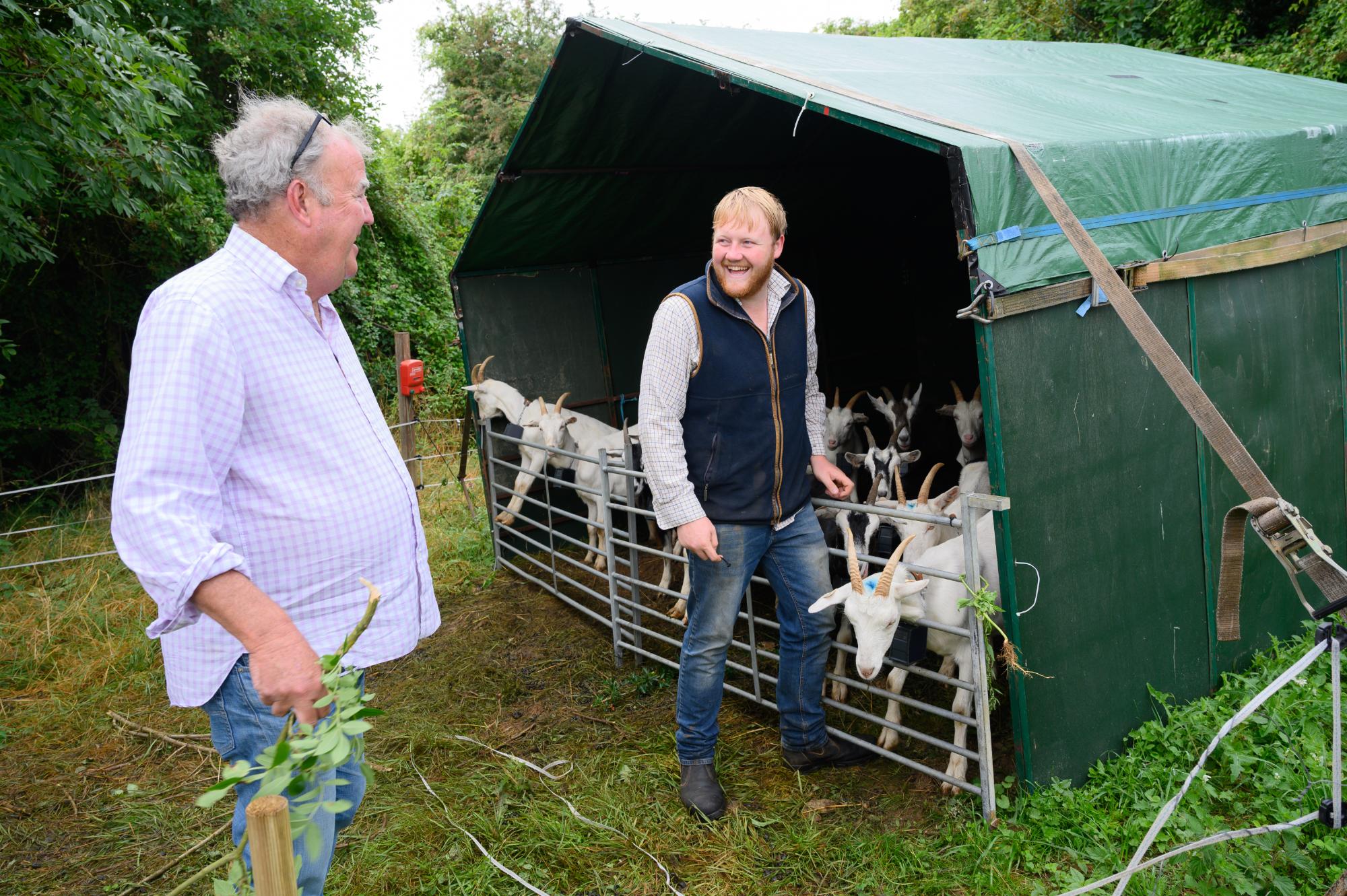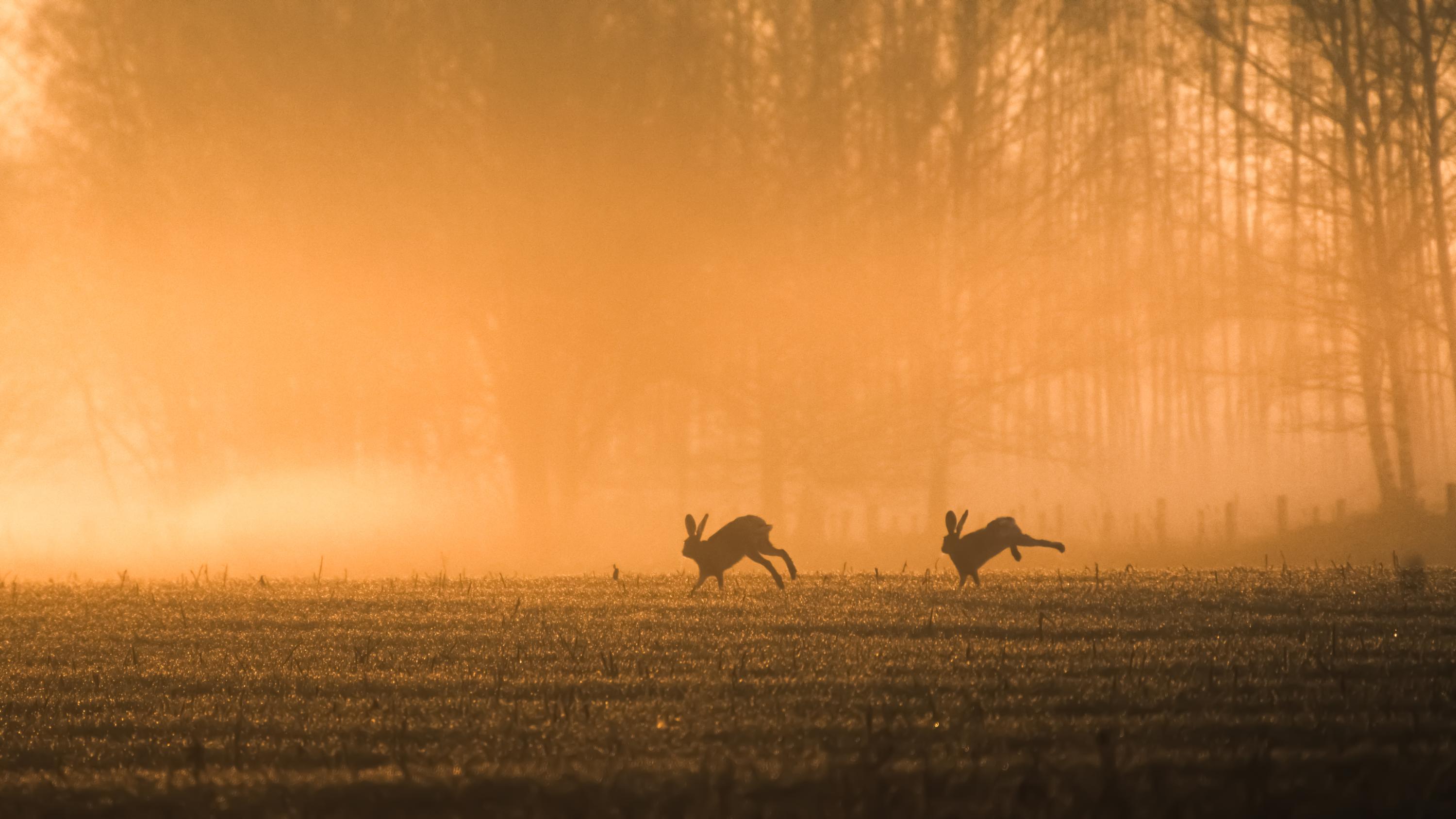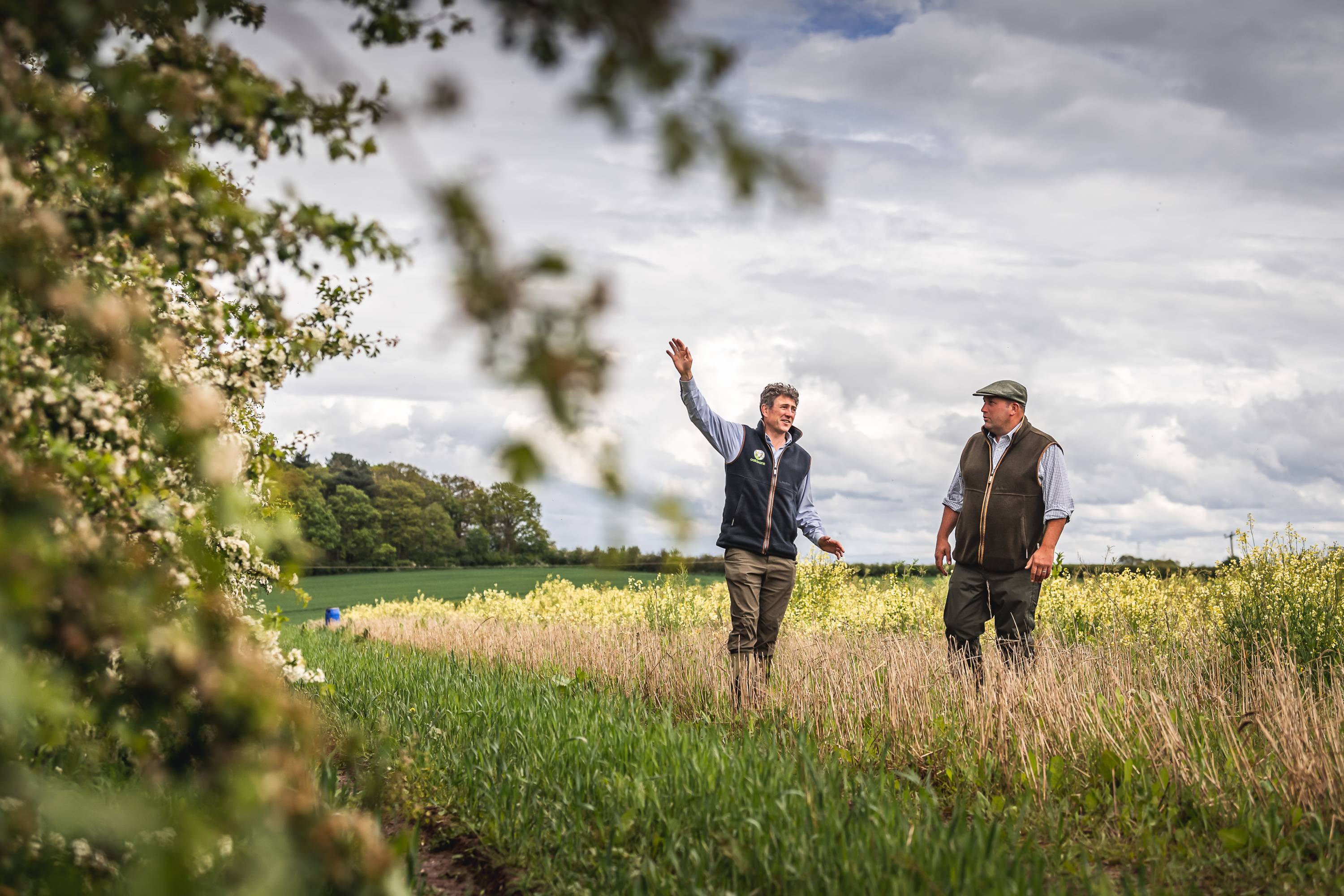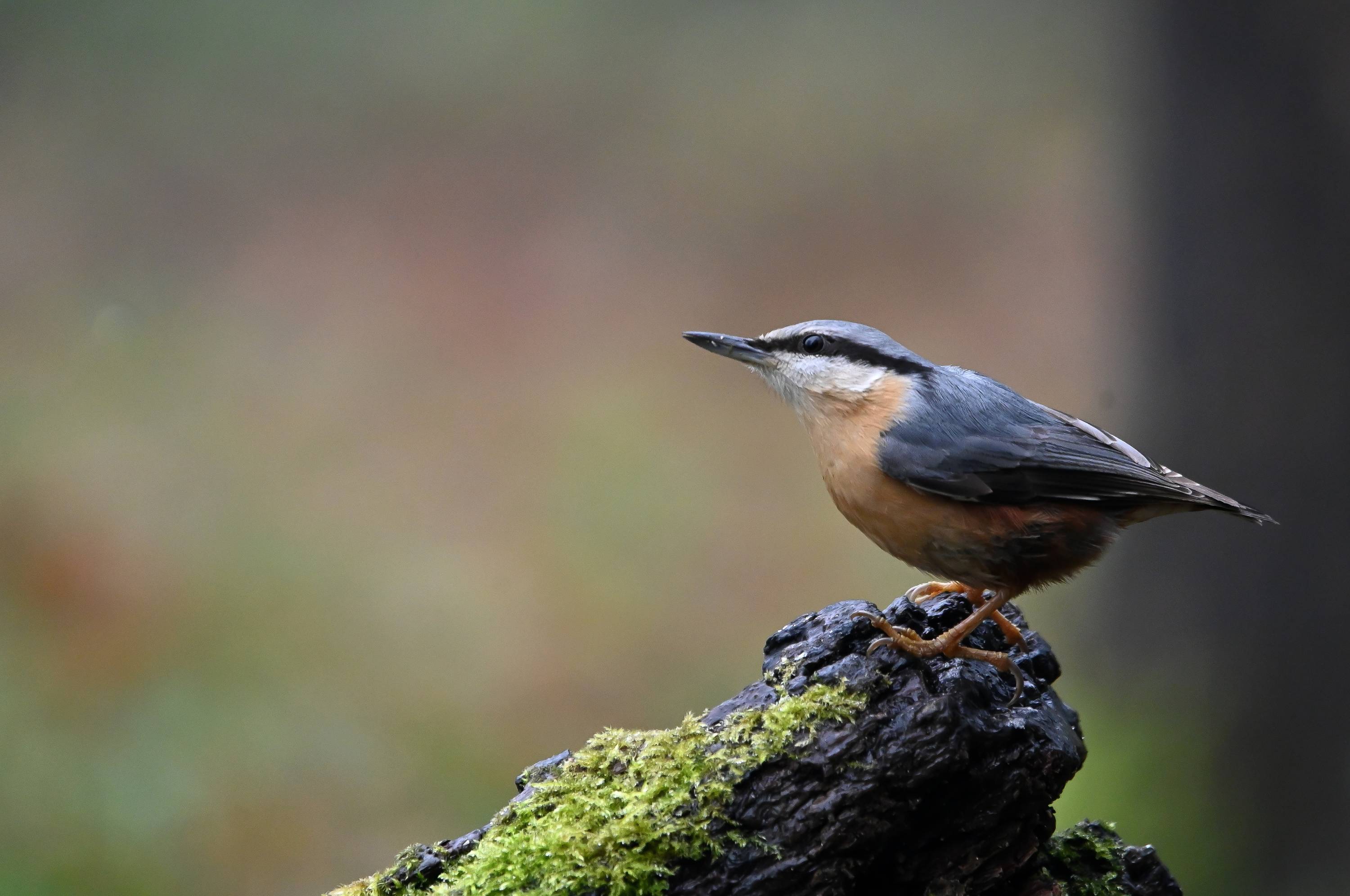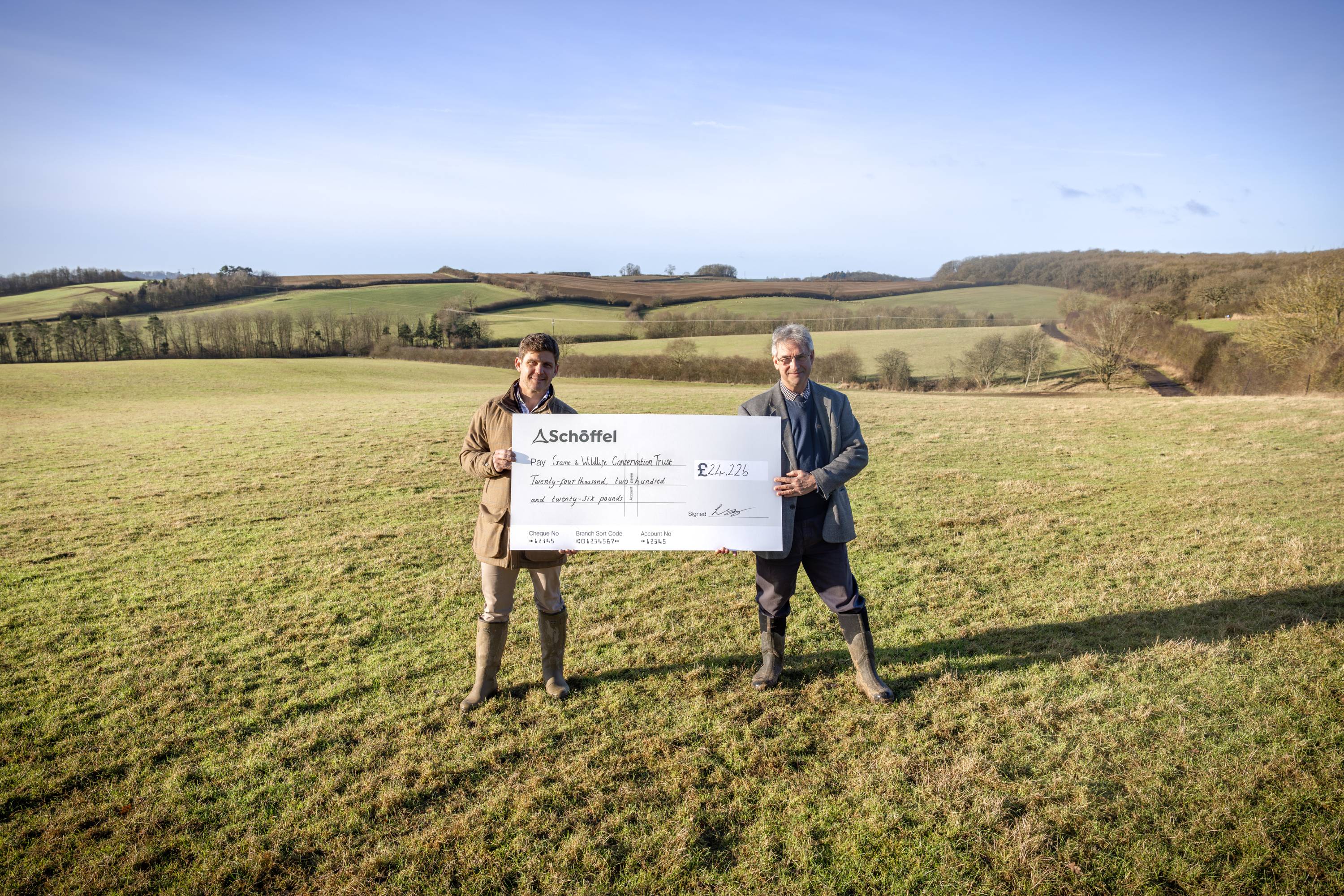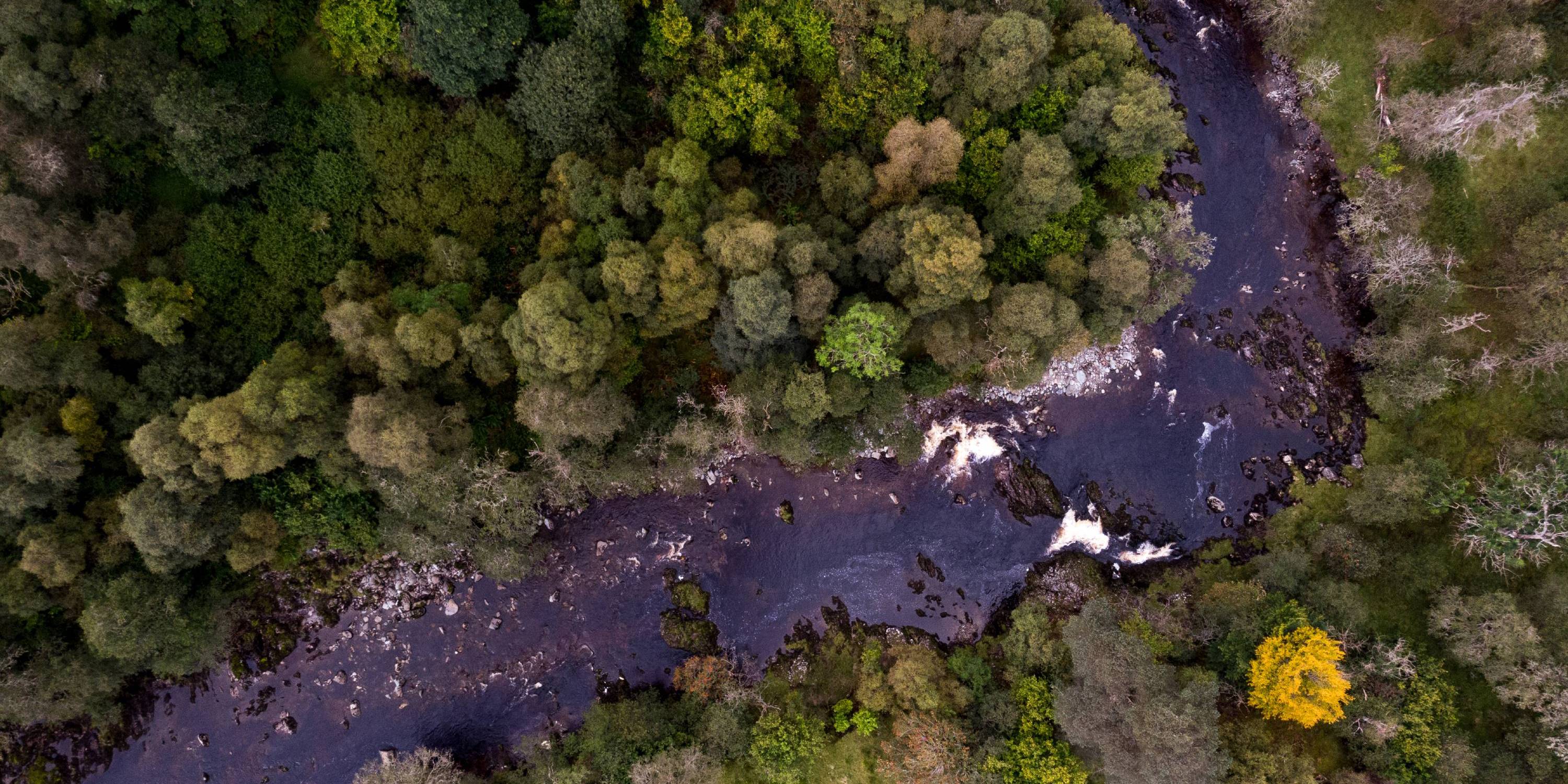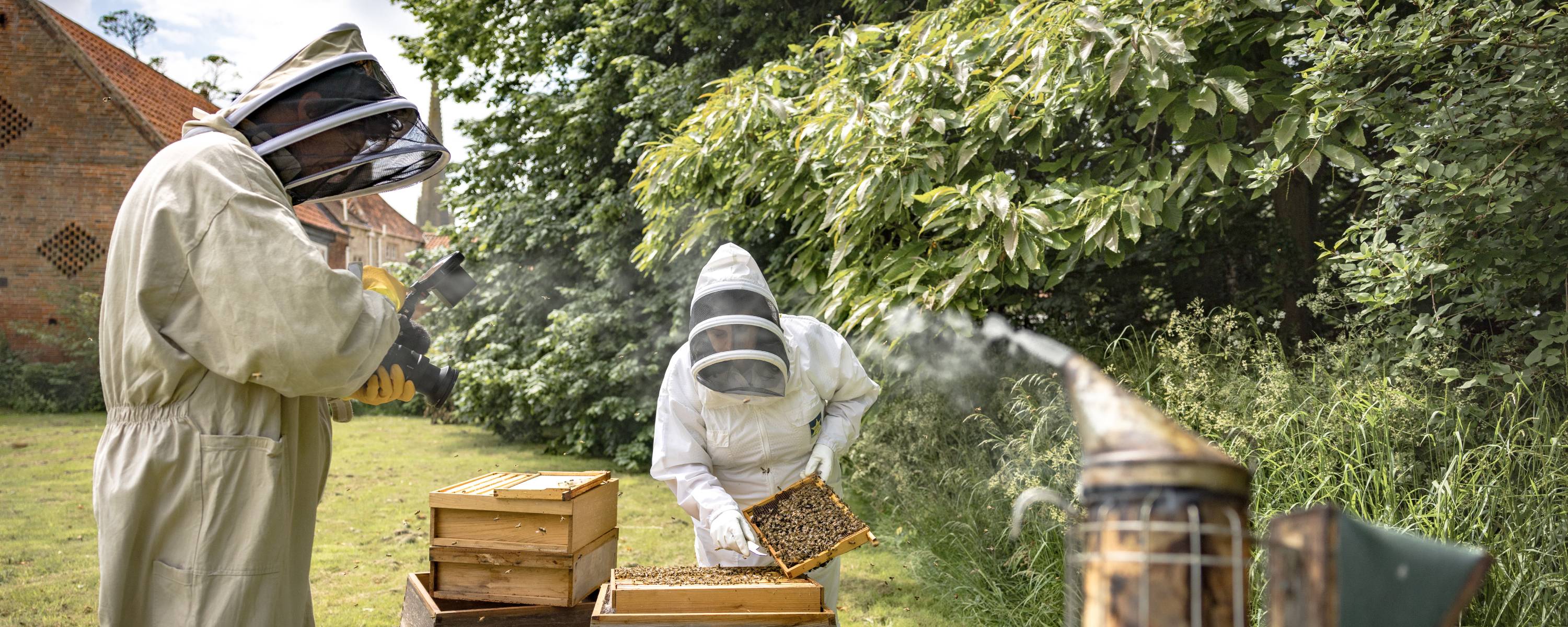

Oh, to be a beekeeper
We visited Rebecca Beveridge to learn more about her passion for beekeeping and the fascinating world of honeybees. Here's why we'll never look at a jar of honey the same way again...
It’s not every day a trip out of the office starts with climbing into a bee suit and slipping on a pair of Marigolds. But that’s exactly what we found ourselves doing in beekeeper Rebecca Beveridge’s kitchen recently as the sun climbed in a clear sky outside and a glut of questions came to mind.
I’d spotted an assortment of quarter-filled jars by the redundant stove. “Honeys,” Rebecca interjected, catching my gaze. “I have to try and keep my eye in.” She went on to explain the differences between each – in taste, texture, and smell – and what her training with the honey connoisseurs of Bologna in Italy entailed. Beside the jars were four test tubes. Propolis, pollen, wax, and more of the golden stuff – fruits of the hive that Rebecca turns into a wide array of products. “Let me show you where all of this comes from,” she said, excitedly.
Outside, a kaleidoscope of colours leapt from every corner; the Queen Anne house and its gardens oozed quintessential England. The real stars of the show, though, were at the far end of the grounds – hundreds of thousands of them in and around a line of hives that looked to rise from the ground as if they absolutely belonged there.
How to get into beekeeping?
Rebecca embarked on her beekeeping journey in 2012. “I wasn’t sure if I could do it, as I’m not keen on insects crawling on me,” she admitted, “but the bees are just so fascinating.” She spoke with the sort of passion you can’t fake – the sort of passion that keeps her busy with bees 12 years later, despite having developed a pretty serious allergy to their stings along the way. “That put paid to my dream of dressing in dungarees, with a straw hat and veil, like the archetypal beekeeper,” she joked, making sure the zip on her netted hood was secure.
Rebecca started off with two colonies in antique WBC-style white hives. “The lovely sort a child would draw if tasked with drawing beehives,” she described. She now has 30 colonies across several apiaries in various locations.
“I was always eager to do everything the right way from the off. Before acquiring my first hives I did a classroom-based course with a group of beekeepers in Norfolk,” Rebecca explained of her own introduction, recommending the experience.
“For newcomers, I’d say once you’re confident you know the basics, starting with two colonies is a good idea, because when you have two side by side it is easier to spot if you have a problem.
“As for the bees, keep everything as local as possible. You want to know where your bees are coming from – and if they’re local they’ll be better adapted to the environment, the forage and the climate which, of course, differ across the country.”
So, how many bees are there in a colony?
Rebecca slowly removed the top of her first hive to reveal what was happening inside. “Each colony typically has 10,000 or so bees during winter, and that number builds through the warmer months,” she said. “I wouldn’t be surprised if one of my larger colonies here now comprises 60,000 bees.
“They’re a very democratic society. An individual bee couldn’t really survive on its own – they all work together as a super organism. Isn’t that something we can all learn from?”
In fact, one thing that became abundantly clear during our visit was just how much there is to learn about bees in general. “I still feel as though I’m only scratching the surface,” said Rebecca. “They truly are incredible creatures.”
What do the different bees in a colony do?
Remarkably, the bees in a hive all have different jobs. There might be just three main types of bee – the drones (males), the workers (females), and the egg-laying queen, but the workers in particular do all sorts of jobs to keep the colony going.
While inspecting the hives with Rebecca, she pointed out bees on guard duty, whose task it is to keep bees from other colonies out; we saw bees on mortuary duty, carrying dead bees from the hive; and we watched as thousands of workers returned with pollen, nectar, and water. “The foraging bees will only collect one thing when they go out,” explained Rebecca. “They use the water to cool the hive down if it’s getting too hot. They like to keep it at around 35C in there.”
Our host went on to explain how these foraged goods are passed through the hive, bee to bee, through a process called trophallaxis, before noting how little the drone bees – darker and more bulbous in appearance – do in comparison to the girls. “The drones aren’t exclusive to a hive like the workers. They tend to start showing up in April, hanging around and helping themselves to the stores, with the sole purpose of mating with the queen on her maiden flight.” Interestingly, if they succeed, they die.
How far away from the hive will honeybees forage?
“This hive,” Rebecca told us as we peered down into the second of the day, “is home to a very productive colony. It produced two supers this year from the spring forage –mostly oilseed rape in this area – so I took one off and that’s gone out to shops and my customers.”
Rebecca was keen to emphasise how precious a commodity the likes of honey and wax from the hive are. “It takes about 12 bees their whole lives to make one teaspoon of honey,” she told us.
The facts and figures relating to honeybee foraging behaviour are equally mind-blowing. “They’ll forage up to three miles away, but realistically they want to conserve their energy – they have a lot do,” Rebecca continued. “You don’t go to the supermarket in the nearest city if there’s one in the nearest town. Bees will scout and map the immediate area, and then come back and communicate within the hive using something called the ‘waggle dance’, to tell the others the distance to the foraging area, and the direction in relation to the sun.
“They might have found different sources of forage. One might be saying ‘Oh, I’ve found some great nepeta, there’s masses of it, and it’s in full nectar flow’, while others will come back and indicate a prolific source of brambles in flower.”
Interestingly, different colonies will go to different nectar sources, and that is apparent when extracting the honey. “That’s why I do single-hive extraction,” explained Rebecca. “I like to see what the colonies are producing. There’s a distinct difference in colour, consistency, smell and taste.”
How can we help honeybees and other pollinators throughout the year?
We took a break from the warmth of the bee suits and had a walk around Rebecca’s garden. “In here we have tree peonies, foxgloves, rosemary, borage, pelargoniums, the lime trees are about to come out, and the horse chestnuts and bluebells have recently finished,” she said. “But it’s not enough – a colony needs to collect nectar from millions of flowers to make honey.
“While we all like to have plants in our gardens that flower in the summer months, the best thing we can do to support honeybees and wild pollinators is provide them with something during the leaner parts of the year. So, plant crocuses, aconites, bluebells, snowdrops, and mahonias; they all come out much earlier and provide forage when there isn’t much about, at the beginning and end of the year.
“Equally, don’t be too quick to cut back ivy and nettles and brambles at the end of the year. If your ivy is flowering, it is a fabulous source of nectar and pollen for the bees, and usually the last forage available in many places in the UK.
“Water shouldn’t be overlooked, either. Bees do need water and they don’t want to have to go miles to get it. Areas of shallow water with pebbles and stones or rough edges they can grip onto is ideal.
“Of course, as beekeepers we can help honeybees, but our other wild bee species need that forage, too. The ‘save the bee’ message has been misconstrued over the years as ‘become a beekeeper’ – ideally that should say ‘become a good beekeeper’… which involves looking out for our wild pollinators as well.”
Products from the hive
All of the above, of course, only underlines the value of the products from the hive. How can anyone begrudge paying a couple of pounds extra for a jar of pure, local honey when the alternative is a mixed blend containing honey from all over the world, often bulked out with corn syrup?
Rebecca doesn’t just produce single-hive honey, though. Her balms, meads, waxes, fudges, polishes and soaps have won many national awards and are 100% natural with no added toxins.
You can learn more about them here.
You can watch the video from our visit on the Schöffel Country YouTube channel.
